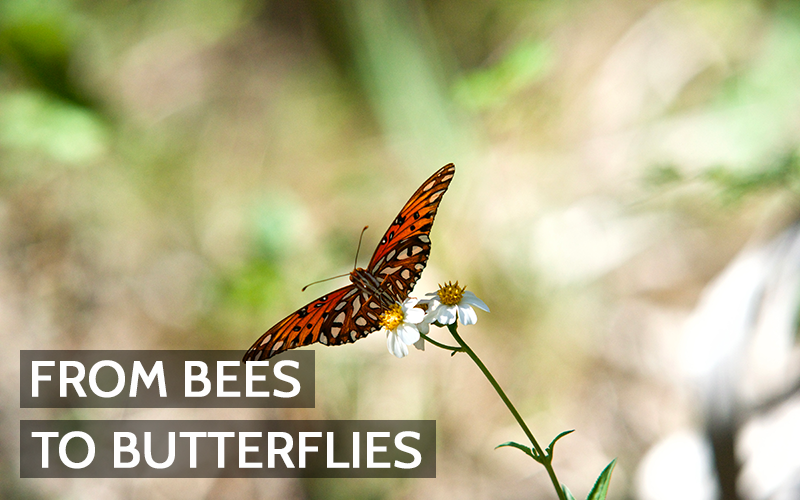Air pollution poses a significant threat to flying insects, which are essential to our environment, food chain, and plant pollination processes. Understanding the impact of pollutants on these creatures is crucial for developing strategies to protect them and, by extension, the ecosystems they support.
The Role of Flying Insects in Ecosystems
Flying insects, such as bees, butterflies, and moths, are indispensable to ecosystems. They serve as pollinators, facilitating the reproduction of many flowering plants. This process is vital for the production of fruits, seeds, and the continuation of plant species. Additionally, these insects are a food source for various animals, including birds and small mammals, thereby sustaining the food chain.
Impact of Air Pollution on Flying Insects
Air pollution adversely affects flying insects in several ways:
- Disruption of Olfactory Cues: Many insects rely on their sense of smell to locate flowers for nectar. Pollutants like ozone and nitrogen oxides can degrade floral scents, making it challenging for insects to find food sources. Studies have shown that in polluted environments, pollinators’ visits to flowers can decrease by up to 70%, leading to reduced pollination success rates1.
- Physiological Stress: Exposure to pollutants can weaken insects’ immune systems, making them more susceptible to diseases and reducing their lifespan. For instance, particulate matter from diesel exhaust has been linked to impaired antennae function in insects, hindering their ability to navigate and forage effectively2.
- Behavioral Changes: Air pollution can alter insects’ behaviors, such as feeding and mating patterns. These changes can lead to decreased reproduction rates and population declines, disrupting the balance of ecosystems.
Case Study: Honeybees and Crop Pollination
Honeybees (Apis mellifera) are among the most important pollinators for agriculture. They are responsible for pollinating crops like almonds, apples, and blueberries. Air pollution can impair honeybees’ ability to locate these crops, leading to decreased yields. For example, in areas with high levels of nitrogen dioxide, honeybees’ flower visits can decline significantly, affecting crop production3.
Organizations Dedicated to Protecting Insects from Air Pollution
Several organizations are committed to safeguarding insects from the detrimental effects of air pollution:
- Society for the Protection of Insects (SPI): A non-profit organization focused on protecting insect biodiversity in the U.S. SPI engages in research, advocacy, and policy development to address threats to insects, including air pollution4.
- Beyond Toxics: An environmental justice organization that advocates for reducing toxic pollutants, including those affecting air quality. Their work includes efforts to protect pollinators and other beneficial insects from harmful chemicals5.
- Clean Air Task Force (CATF): A non-profit organization aiming to reduce air pollution and protect public health. While not exclusively focused on insects, their efforts to improve air quality benefit all living organisms, including flying insects6.
Air pollution poses a significant threat to flying insects, disrupting their vital roles in pollination and the food chain. Protecting these insects requires concerted efforts to reduce pollutants and support organizations dedicated to environmental conservation. By addressing air pollution, we can help preserve the delicate balance of our ecosystems and ensure the survival of these essential creatures.
Related Articles
How Air Pollution Affects Migratory Birds
References
- https://phys.org/news/2023-09-air-pollution-life-tougher-bugs.html
- https://pursuit.unimelb.edu.au/articles/air-pollution-makes-it-harder-for-insects-to-find-food-and-mates
- https://www.snexplores.org/article/air-pollution-stops-pollinators-from-finding-flowers-bees-butterflies
- https://www.protectinsects.org/about
- https://www.beyondtoxics.org/
- https://www2.purpleair.com/blogs/collaborations/7-air-quality-organizations-community-groups-addressing-air-pollution-globally


